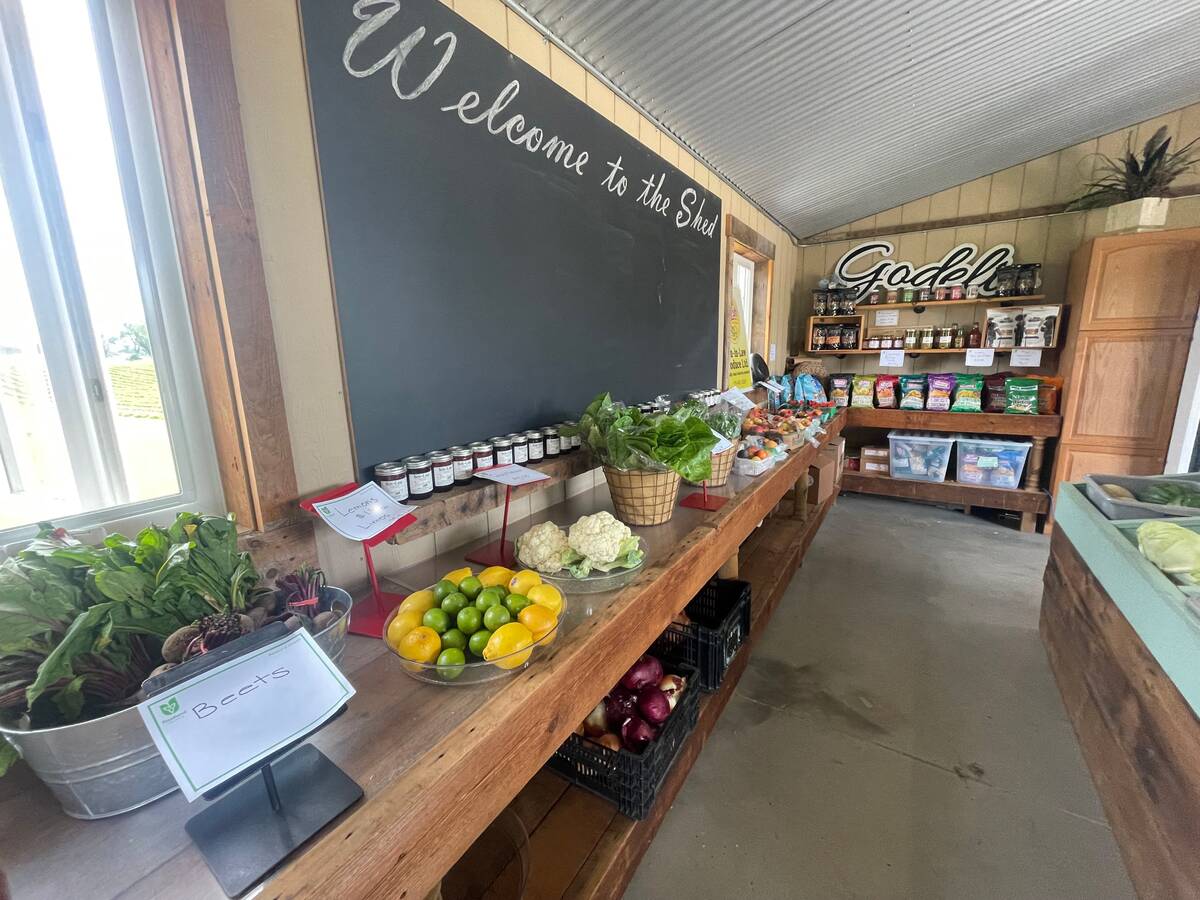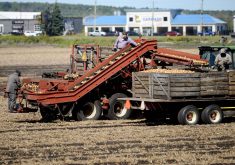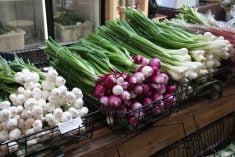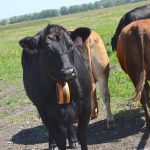Governments must invest in transition supports for organic farmers, says new research from the Canadian Organic Growers’ Organic Task Force.
The task force report, Cultivating the Organic Opportunity for Canadian Farmers and Consumers was released Sept. 11 and details market expansion opportunities for the organic sector in Canada, as well as benefits of making the transition and policy recommendations.
Katie Fettes, COG director of Policy Research and Organic Task Force co-chair, said one of the paper’s main points is the need for supports for farmers transitioning to organic. She called this period one of the biggest barriers for organic adoption, “both financial and technical.”
Read Also

Ontario farms are a small business backbone but red tape delays and obstacles hinder growth
Farms are part of Ontario’s small business backbone, whether Ontario-grown livestock, grains or horticulture foods and farm products are bought on-farm, at a local market, or at the local store.
“During that three-year period, before you come into the certified organic market and you can access that high-value market, you are basically facing organic production costs, a yield dip.”
Fettes and the Canadian Organic Growers (COG) paper argue this represents an untapped investment market for the Canadian government, as demand for organic goods continues to grow while production stagnates.
“We’re asking for Canada to make what we think is a reasonable investment of $68.5 million per year that has a very clear return,” she said. “This report is also showing if that investment was made, that would return $1.73 billion in additional net farm income and significant return for every dollar spent on transition” over 10 years.
Fettes said if the federal government does not rise to the challenge and make these investments, foreign markets could continue to meet the domestic demand at a time when Canada is trying to move away from the United States market.
“Forty per cent of organic imports to Canada came from the United States (in 2023) and we find in this report, the United States, for example, is spending eight times more than Canada per acre per year on organic food and farming programs,” Fettes said. “So, you have a competitiveness challenge there for our farmers.”
“The important thing right now is that the investments we’re recommending will get us onto a level playing field, at least with competitors in the United States.”
The paper notes competing jurisdictions have introduced the types of transition supports COG is calling for. The European Union has made goals to increase its share of organic from 10 to 25 per cent by 2030 and the U.S. Department of Agriculture launched a $300 million Organic Transition Initiative in 2022.
The Organic Task Force (OTF) presents estimates of the impacts of Canada tripling organic acreage. These include a return of eight dollars for every dollar invested in transition, increasing biodiversity and improving soil health and $1.73 billion in additional net farm income over 10 years.
Fettes described this as a “reasonable scenario to pursue, just to look at what would be an ambitious but also realistic level of growth that could come from some strategic and targeted public support.” It is also partly based on demand.
The paper also notes sustainability benefits to organic farming, including reducing greenhouse gas (GHG) emissions by 35 per cent per acre and 15 per cent per unit of production. It refers to organic agriculture policy as a “practical entry point for policymakers to advance sustainability within existing government infrastructure.”
“What we mean is that this is … an assurance system that Canada already has,” Fettes said. “It’s a strong standard that we have in Canada, and it’s a completely voluntary standard that farmers can choose to follow, but it’s already a kind of a ready-made package.”
“Some have called organic farming, for that reason, … a Swiss Army knife of public policy making, is because it addresses a whole bunch of issues at the same time,” she said, adding this is an opportunity where an investment of seed money can make all the difference.
Fettes also noted this investment would align with many of Prime Minister Mark Carney’s stated goals of sustainable nation-building.
The report ended with several specific policy recommendations. They include, including support for new entrants, particularly a younger generation showing interest in ecological farming, establishing an interdepartmental data-sharing approach to share information on production, supply chains and labour, a sector-driven review of the Canadian Organic Standards (COS) every five years and financial incentives to increase organic processing capacity.
The report is focused primarily on cropping systems, but Fettes said there is interest on similar analysis of organic livestock production, though it would require its own task force.
The full COG report is available at www.cog.ca













